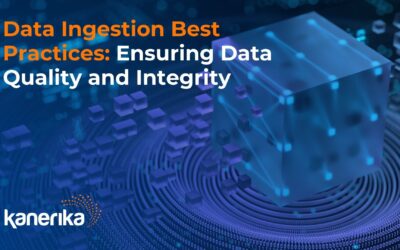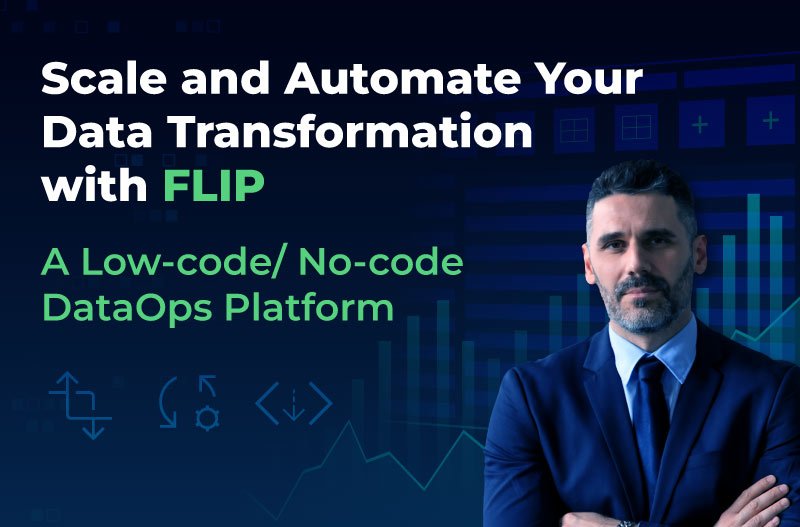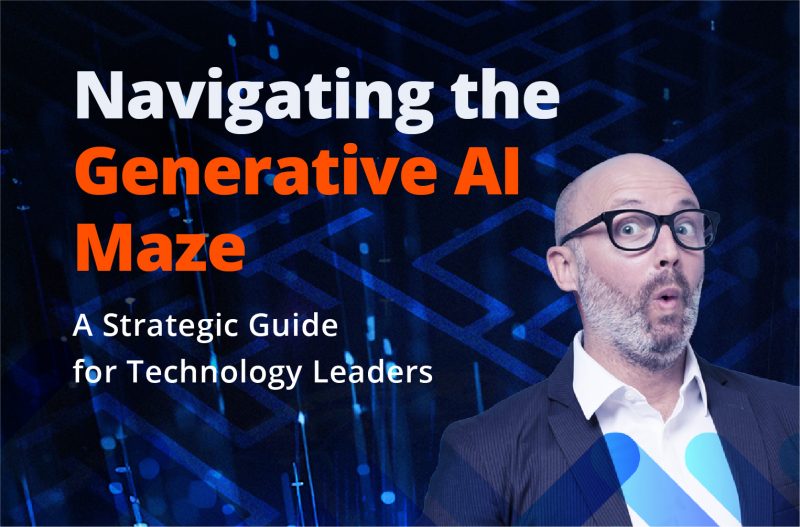Organizations are faced with the mounting challenge of managing and integrating data from multiple sources. Data integration consists of combining data from multiple sources into a unified view. This offers a comprehensive and consistent understanding of the data.
For example, to understand the customers, you might need data from:
- Website analytics
- Sales analytics
- CRM analytics
But all of that data is in different places, and it can be hard to put it all together. Allowing a unified view data integration solves this problem.
This allows organizations to gain valuable insights, make better decisions, and improve their overall performance.
Importance of Data Integration
By implementing a successful data integration strategy, businesses can gain valuable insights from their data and make better decisions. Ultimately it will lead to greater profitability.
Removing silos
By integrating data from different sources, businesses can eliminate data silos. A complete picture of their operations, customers, and markets emerges that enables them to make informed decisions. A 360° view of data leads to increased efficiency, reduced costs, and improved customer satisfaction.
Brings uniformity
Standardizing data across all systems helps to ensure data quality and consistency. Common examples include using the same unit of measurement, identical proforma for name, etc. It reduces the likelihood of errors and makes it easier to digest. Data integration makes data homogenous and ensures data quality and accuracy.
Streamline operations
Copying thousands of entries from one spreadsheet to another, setting up pivot tables, and writing macros in VBA are time-consuming. By integrating data from various sources, businesses can eliminate the need for manual data entry through machine processing. This reduces the time taken and improves overall efficiency.
Types of Data Integration

There are several types of data integration that can be used to combine data from multiple sources.
Manual Data Integration
This is the most basic type of integration. The process involves manually transferring data from one system to another. It can be time-consuming and prone to errors. However, manual processes may be appropriate for small-scale data integration needs.
Application-Based Integration
This involves using middleware or APIs (Application Programming Interfaces) to transfer data between applications. API allows different applications to communicate with each other and share data in real time. It is a more efficient and reliable way to integrate data.
ETL (Extract, Transform, Load)
Involves extracting data from one or more sources, transforming it into a standardized format, and loading it into a target system. This process can be automated using ETL tools, which can help to streamline the data integration process.
Virtual Data Integration
It allows data to be accessed from different sources without physically moving it. Instead, virtual data integration creates a virtual data repository, which can be accessed as if it were a single, unified data source.
Cloud-Based Integration
Storing and integrating data in the cloud and using cloud-based services and tools has become the norm over the past decade. Cloud-based data can be accessed from anywhere and enables real-time integration across different applications.
Challenges for Organizations
You have a clear goal for data integration. But do you have a clear plan for how to get there? Integrating data is not a one-size-fits-all process.
You need to consider the details of your data: what kinds, where from, who uses it, how analyzed, and how often updated.
Data from outdated systems
Data residing in legacy systems do not contain essential metadata such as timestamps. This can create difficulties in integrating them with data from modern systems that have more capabilities and features.
Data from emerging sources
The data landscape is evolving rapidly. New forms of data (such as unstructured or real-time) are generated from various sources such as IoT devices, and sensors. Creating a data integration infrastructure to accommodate these new sources is not easy.
Data from external sources
Data obtained from external sources may not have the same level of granularity as internal sources. This can hinder the ability to conduct rigorous analysis and comparison. Moreover, there may be legal restrictions to sharing external data across the organization.
Continuous improvement
Data integration is not a one-off task but a continuous process that requires regular monitoring and enhancement. It is necessary to keep abreast of the best practices and the latest developments in data integration, while it is also necessary to comply with the changing data governance regulations.
Transform Your Data Integration Experience with FLIP

Data integration is a critical process for organizations looking to unlock valuable insights from their data. However, the challenges of integrating data from multiple sources can be overwhelming without the right tools and expertise.
This is where FLIP comes in. Developed by Kanerika, FLIP is a comprehensive data integration platform that helps organizations achieve a unified view of their data.
Its features include:
- User-friendly interface
- Real-time data integration
- Data validation and transformation
- Cloud-based deployment options
Moreover, FLIP is a zero-code solution. You don’t need the assistance of the IT team to fetch a report at 6 AM.
So, if you’re looking for a data integration solution that can help take your business to the next level, give FLIP a try!
Sign up now for a free account today!
FAQ
How Does Data Integration Impact Business Decision-Making?
How is Cloud-Based Integration Beneficial?
What is ETL in Data Integration?
Why is Data Integration Important for Modern Organizations?
What Are the Different Types of Data Integration?
What Challenges Do Organizations Face in Data Integration?
How Can Organizations Overcome Data Integration Challenges?
How does data integration streamline operations and enhance efficiency for businesses?
How does data integration remove data silos, and why is it important?
Thank you for reading our new series of posts on FLIP. If you want to know more about Kanerika and FLIP, please write to us at contact@kanerika.com.
Follow us on LinkedIn and Twitter for insightful industry news, business updates and all the latest data trends online.









